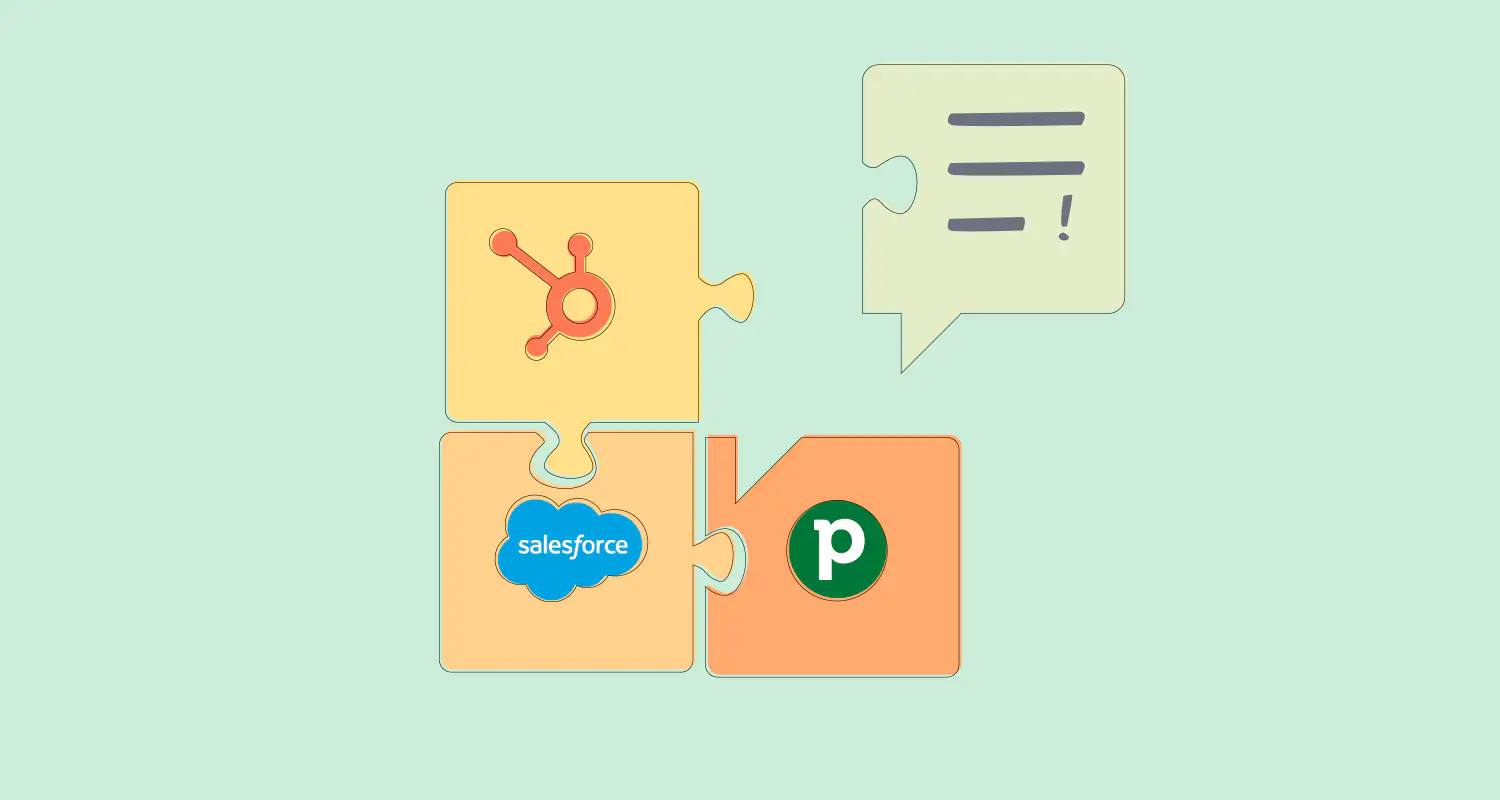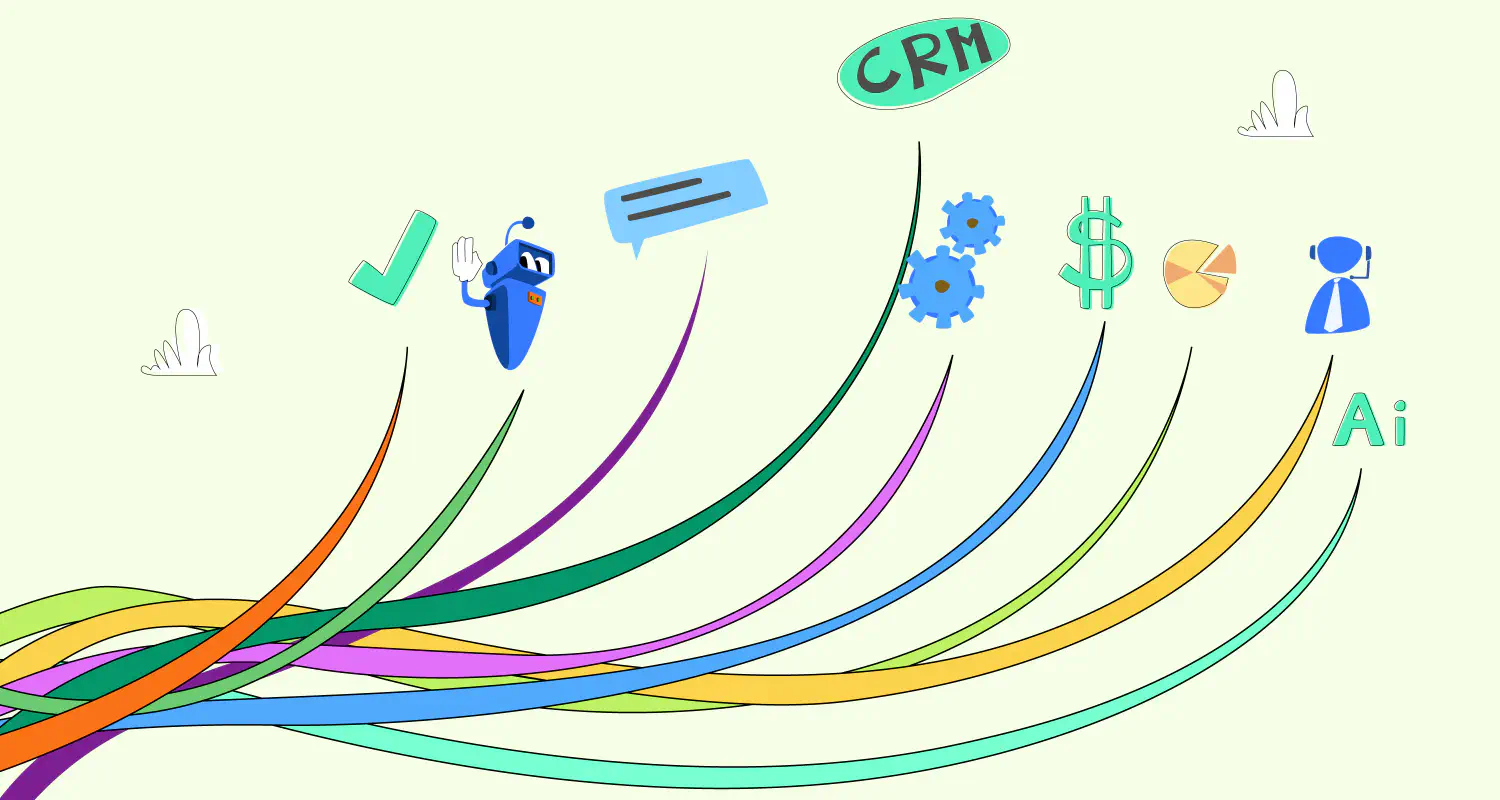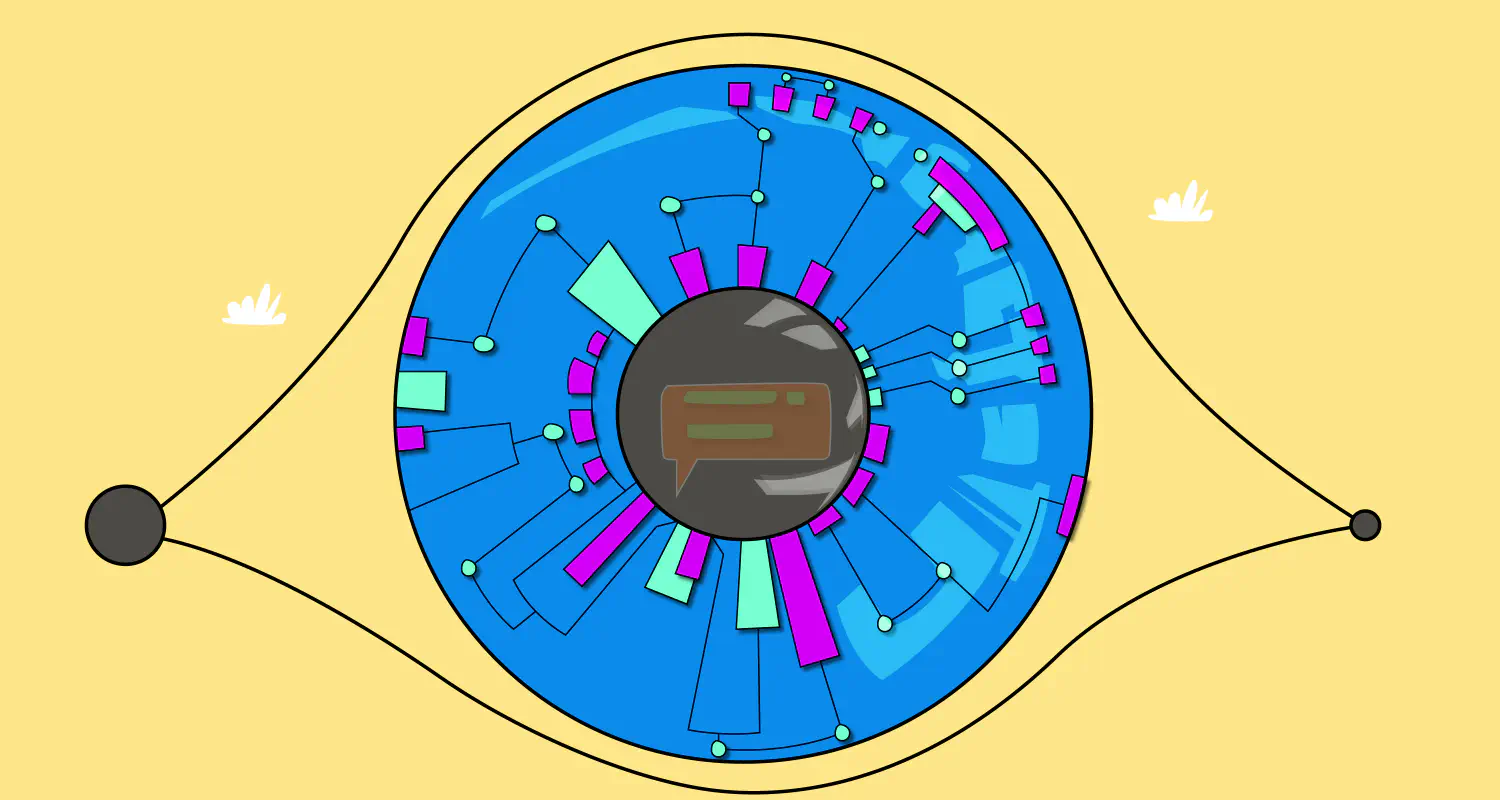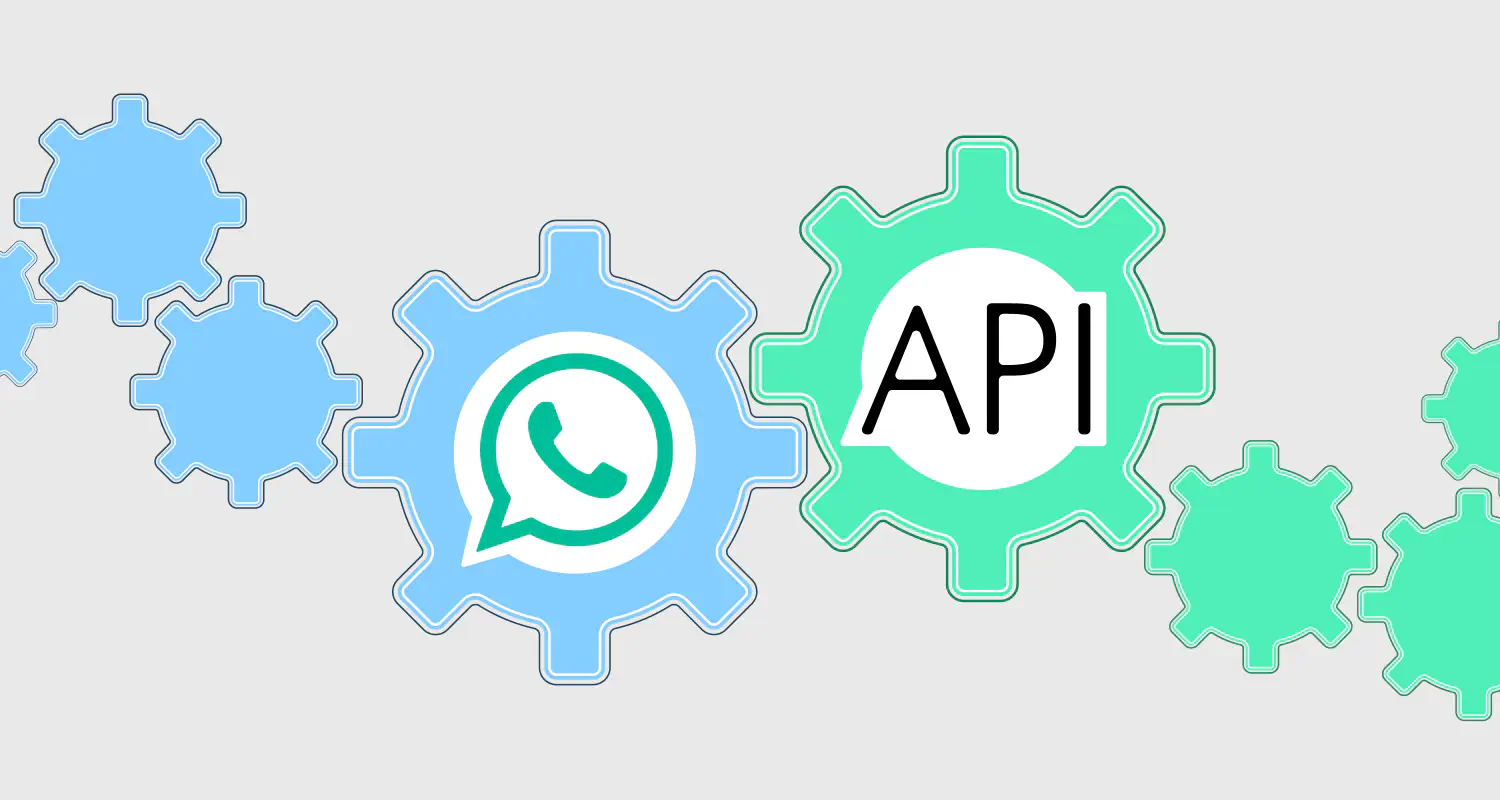Why CRMs Fail at Conversational Levels + How to Fix This

CRMs are sold as the ultimate source of truth.
They promise total visibility. One place to track deals, report progress, and keep leadership in the loop.
But what about the actual conversations, I mean the ones that happen between your team and the customer?
Most CRMs don’t catch those. And that’s where the workflow starts to fall apart because the team can see the deals moving, but they don’t have context on how they did.
I experienced it firsthand, and today, I’m giving you the fix that worked for me.
The invisible gaps in CRM workflows
CRMs store data, not conversations. That means they never give you the full picture. According to Gartner, only 14% of CRM users say their system gives them a full view of customer interactions.
They show you when a task was completed, but not what was actually said in the conversation.
At least not automatically.
How to identify gaps in your CRM
If you’re wondering whether your CRM is falling short, take a look at how your team gets (or doesn’t get) context.
Here are the signs:
- Reps copy-paste WhatsApp chats into Slack just to loop others in
- AEs start calls by asking, “What’s the story with this lead?”
- Support messages the sales team to ask what was promised
- Managers follow up in meetings asking for deal updates that should’ve been obvious
- Notes live in private chats, not where the team can see them
- You see duplicate outreach or missed follow-ups because no one knew who owned the conversation
- New team members ask for background the CRM should’ve already captured
Now let’s talk about why it’s nearly impossible to fix that by logging conversations manually.
Why manual CRM logging won’t work
CRMs don’t record customer conversations on their own. Instead, your sales and support teams need to log each conversation manually after wrapping up with a customer. But that doesn’t happen. When I’m juggling dozens of conversations each day, logging everything manually falls to the bottom of the list.
And it’s not about the volume of conversations. It’s about where they happen.
A few years ago, people used emails for sales. Emails were structured, timestamped, and easy to copy over.
Now? Business-customer conversations mostly take place across messaging apps, like WhatsApp.
They happen in bursts, stretch over days, and are usually packed with context that’s hard to summarize, let alone track manually.
In regions like the MENA and LATAM, WhatsApp is the primary channel for customer communication. And the richer the chat, the harder it is to capture it in the CRM.
That creates gaps that slow everyone down:
- Customer service jumps into chats blind, with no idea what sales promised
- Sales doesn’t know if the customer already raised an issue
- Managers chase updates that should’ve been automatic
Some teams try to log everything anyway, but that eats into selling time. Salesforce found that reps spend 70% of their time on non-selling tasks. That number hasn’t budged in years.
The CRM still holds the record, and it’s still irreplaceable. But the real story, the conversation, is happening somewhere else.
Let’s talk about that.
Conversations are the new source of truth
In 2025, the most valuable data in your business isn’t in your CRM. It’s in your business-customer conversations data.
Conversations with your customers are full of important information about their needs, objections, competitors, and decision-making process. This is the kind of conversations data that helps us move deals forward and spot risks before they escalate.
But none of that lives in your CRM by default.
This data lives in WhatsApp chats, voice notes, and message threads, which are all hard to summarize and harder to track. Here’s how it goes:
- A salesrep qualifies a lead and leaves notes mid-conversation.
- Another rep takes over mid-deal, mid-thread.
- The customer expects continuity, without having to re-explain a thing.
The new pace is much faster and more personal, and customers are loving it. According to a HubSpot survey, 80% of customers choose brands that reply to their messages within 10 minutes.
If your systems can’t keep up with that pace and if your team has to switch between apps to track what customers and teammates are saying, you quickly lose sales momentum. And in B2B, lost momentum is lost revenue.
The CRM isn’t dead, but it’s no longer enough on its own. It needs to integrate with the tool that holds the conversations data. In mine and many others’ cases, this tool is WhatsApp.
Where CRM fails, WhatsApp wins
To get the best out of your CRM, you need to integrate it with the channel you’re using to communicate with your customers. My favorite channel to do so? WhatsApp.
Using WhatsApp for sales is slowly becoming the new standard because of how fast it is, and its personal and relaxed nature has gained me more deals than I can count.
Here’s how your CRM and WhatsApp complete each other in a sales-service cycle when integrated together:
- CRMs fail when they rely on manual updates
- WhatsApp wins by capturing the actual conversation automatically
- CRMs fail to show real-time activity
- WhatsApp wins with instant communication
- CRMs fail at collaboration, forcing teams to use Slack, email, or calls to sync
- WhatsApp wins by integrating with all the tools you need to collaborate
But WhatsApp has two solutions for business, so which one should you choose?
The WhatsApp Business App is great for solo reps and small teams, but breaks down when multiple people need to collaborate. It doesn’t give you a shared view, and you don’t have ownership options. Most importantly, it doesn’t connect to your CRM.
The WhatsApp Business Platform solves that. It opens the door to scale, automation, and integrations.
Collaboration is the real use case
The most important integration WhatsApp Business Platform allows is the one with your CRM.
Integrating your CRM with WhatsApp gives you much more than recording conversations automatically. It gives you the key to any successful growing team, and that is collaboration.
Collaboration between sales and support needs to be smooth. Otherwise, you end up with confused customers and overwhelmed teams.
When collaboration between your teams is poor, deals slow down or fall apart, mostly during these transitions:
- SDR → AE
- AE → Support
- Support → Sales
Here’s how it looks like for both sales and support.
If you’re a sales manager
- Leads drop because no one knows who owns the chat, so no one replies
- Reps double-message leads or miss follow-ups due to lost context
- Important details are buried in private WhatsApp threads or someone’s memory
If you’re a customer service manager
- You step into conversations without knowing what was promised
- Customers expect continuity, but your team starts from zero
- Reps waste time chasing Slack messages or forwarding screenshots
Luckily, the WhatsApp Business Platform gives growing teams the foundation they need to collaborate at scale. It supports multiple users, enables CRM integrations, and opens the door to automation, making it far more team-friendly than the Business App.
But on its own, it’s still just infrastructure. To turn it into a collaborative space for your team, you need a shared team inbox on top, like Rasayel.
How Rasayel helps teams collaborate on WhatsApp
Rasayel is a shared team inbox built on top of the WhatsApp Business Platform.
It gives sales and support teams one place to manage conversations together.
Rasayel customers report up to 60% fewer missed handoffs and save 5+ hours per week on CRM updates.
Why? Because their teams no longer have to ask around for updates, copy-paste messages between tools, or follow up blindly. Rasayel integrates WhatsApp with HubSpot, Salesforce, and Pipedrive to give you full visibility and a smooth workflow.
You can see your entire WhatsApp sales funnel and the conversations related to it just by opening the app.
Rasayel acts as a collaboration layer over WhatsApp, turning scattered chats into shared workflows so that sales and support teams can coordinate without switching tools or losing context.
Here’s how it solves the biggest blockers:
| What’s getting in the way | How Rasayel fixes it |
|---|---|
| No visibility into rep chats | WhatsApp shared inbox with clear assignments so everyone sees who’s handling what |
| Manual CRM logging | Automatic sync with popular CRMs like HubSpot, Salesforce, and Pipedrive |
| Support lacks deal history | Full chat context + internal notes to carry over every promise and decision |
| Leads lost in handoffs | Automatic handoffs from sales and support using CRM integration, chatbots, and Rasayel assigning features |
Are you using your CRM right?
CRM failure at the conversation level is affecting your team and costing you. Solve it by connecting your CRM with the channel you’re talking to customers on, and you’re back on track. You’ll get a shared space where conversations, context, and collaboration all live together.
And today, that space can be WhatsApp.
When combined with your CRM and a tool like Rasayel, it becomes your team’s collaborative platform.
If that shift sounds like what your team needs, let’s talk.

Ashraf is an expert in WhatsApp Business. He has helped 500+ B2B software companies run sales, support, and operations on WhatsApp. He specializes in WhatsApp Business API projects that reduce sales cycles and improve customer experience, and is great at both sales strategies and technical WhatsApp knowledge.





